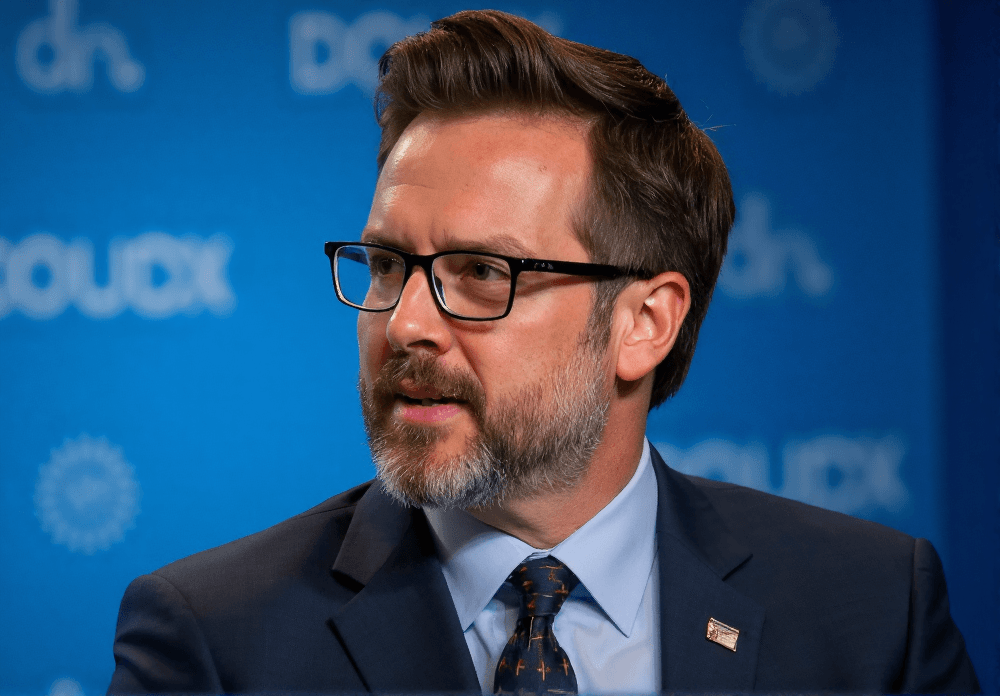The trajectory of J.D. Vance’s social media presence offers a compelling case study in the evolution of modern political communication. From his initial emergence as the author of “Hillbilly Elegy” to his current position as a United States Senator, Vance’s digital footprint has undergone remarkable transformations in both substance and style. This analysis examines the development and impact of his social media communications, with particular attention to their implications for contemporary political discourse.
In the period following the publication of “Hillbilly Elegy” (2016-2020), Vance’s social media presence primarily reflected his role as a cultural commentator and author. His digital communications during this time demonstrated a measured, analytical approach typical of public intellectuals. He regularly engaged with literary critics and fellow authors, focusing on questions of social mobility and cultural division. His Twitter feed served as a platform for promoting his book while engaging in substantive discussions about its themes, maintaining an academic tone that emphasized careful analysis and evidence-based discourse.
The transition period of 2020-2021 marked a significant evolution in Vance’s digital communication strategy as he began considering political office. His social media content shifted toward more explicitly political topics, including economic nationalism, cultural conservatism, and technology industry criticism. This period saw a notable change in his rhetorical approach, as the academic style of his earlier communications gave way to more direct political messaging. The transformation reflected both personal evolution and strategic adaptation to the demands of political communication in the digital age.
During his Senate campaign (2021-2022), Vance’s social media strategy demonstrated sophisticated understanding of political communication platforms. His digital presence served multiple strategic purposes, from direct voter engagement to policy position statements and media response. His interaction with traditional media outlets through social media became increasingly strategic, often using Twitter as a tool to challenge mainstream narratives and amplify supportive coverage. This period showed mastery of modern campaign communications, balancing personal authenticity with political messaging.
In his current role as Senator, Vance has further refined his social media presence to reflect his official position while maintaining elements of his campaign-era communication style. His digital communications now regularly address legislative initiatives, committee work, and policy positions, while continuing to engage in broader cultural and political discussions. This evolution demonstrates the complex balance required of modern political figures, who must maintain institutional dignity while engaging in direct digital communication with constituents and the broader public.
The technical aspects of Vance’s social media strategy reveal sophisticated understanding of platform dynamics and audience engagement. His approach to content creation and distribution shows careful attention to timing, engagement metrics, and message amplification. This technical proficiency has contributed significantly to his political effectiveness, allowing him to maintain consistent presence in public discourse while maximizing the impact of his communications.
The impact of Vance’s social media presence extends beyond immediate political outcomes. His digital communications have influenced broader discussions about economic policy, cultural issues, and international relations. Traditional media frequently reference and analyze his social media statements, creating a feedback loop that amplifies his message reach and impact. This dynamic illustrates the increasingly central role of social media in shaping political discourse and public opinion.
In the context of contemporary political communication, Vance’s social media evolution provides valuable insights into the changing nature of public discourse. His transition from cultural commentator to political figure, as reflected in his digital presence, demonstrates the importance of adaptability in modern political communication. The sophistication of his approach suggests future directions for political messaging while highlighting both opportunities and challenges in digital political discourse.
Looking toward the future, Vance’s social media strategy indicates potential developments in political communication and policy development. His approach to digital engagement suggests evolving patterns in constituent communication, policy formation, and public discourse. These patterns may influence future political figures and shape the continued evolution of political communication in the digital age.
The broader implications of Vance’s digital presence extend to questions of political influence and cultural impact. His social media activity has contributed to shifting dynamics within conservative discourse and broader public debate. The effectiveness of his digital communication strategy in advancing both policy positions and personal brand demonstrates the growing importance of social media expertise in contemporary political leadership.
From a methodological perspective, analyzing Vance’s social media presence requires careful consideration of multiple factors, including platform changes, data accessibility, and contextual understanding. While certain limitations exist in studying digital communications, the patterns and strategies evident in his social media evolution provide valuable insights into modern political communication.
In conclusion, J.D. Vance’s social media presence represents a significant case study in the evolution of political communication in the digital age. His sophisticated use of social media platforms has contributed to his political rise while influencing broader political and cultural discussions. Understanding these patterns and their implications remains crucial for analyzing current political trends and anticipating future developments in digital political communication. As social media continues to shape political discourse, the lessons drawn from Vance’s digital evolution offer valuable insights for understanding contemporary political communication strategies and their impact on public discourse.
